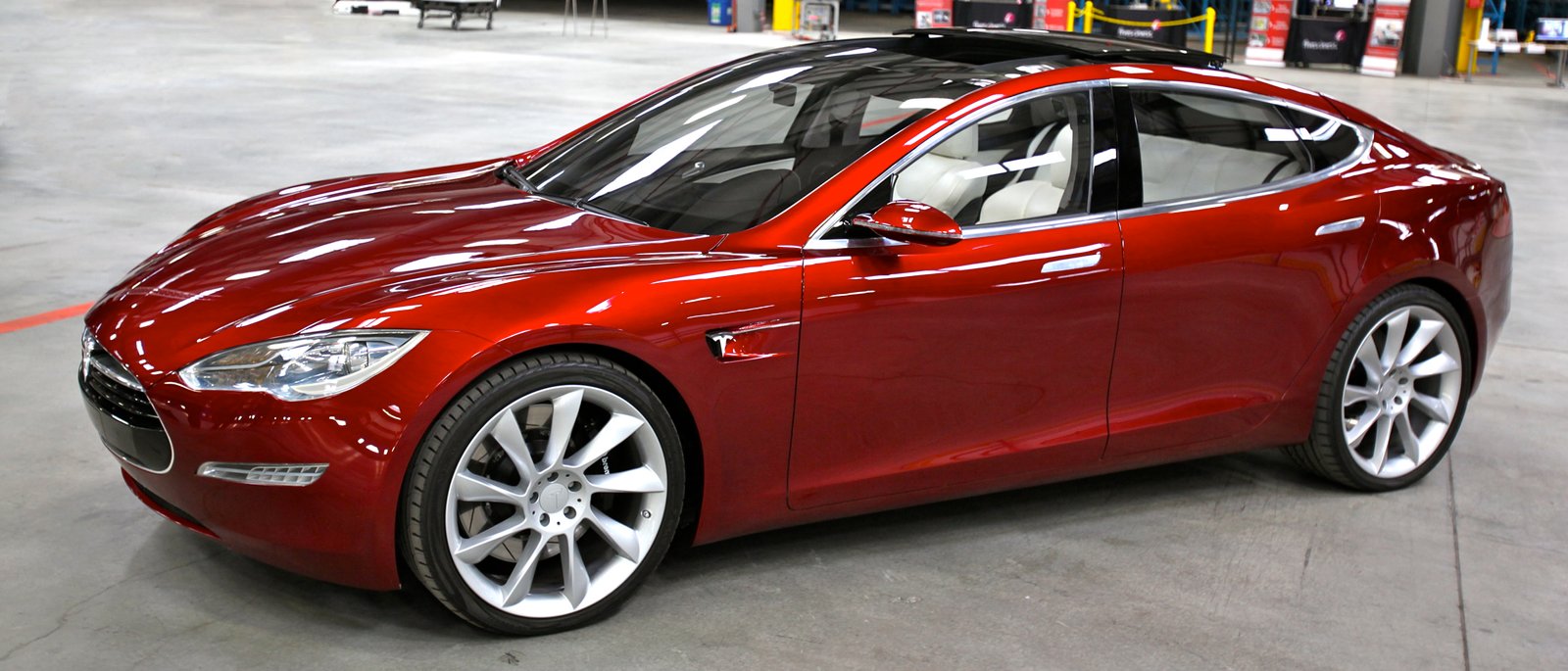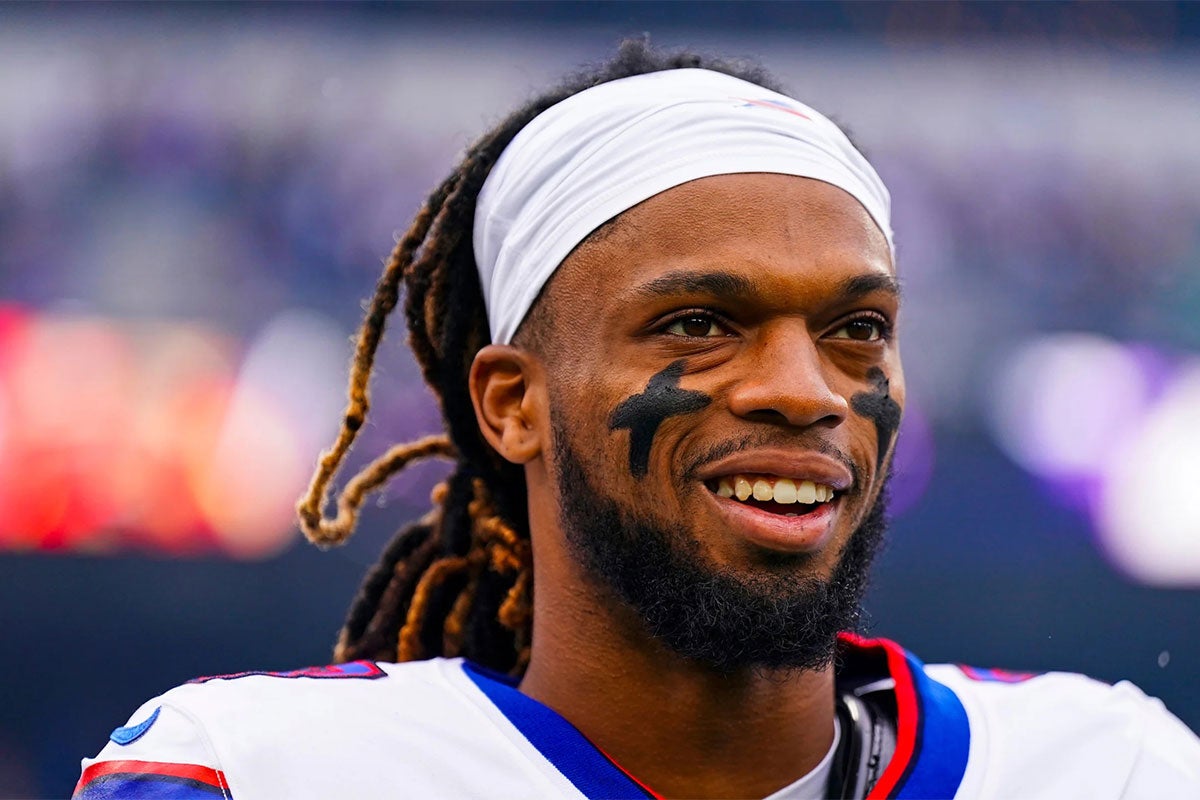





The NFL’s Two Faces on Health: Teaching CPR While Players Bleed from Preventable Breakdowns

This week the National Football League stepped forward as a civic educator: on World Restart a Heart Day the league and the American Heart Association unveiled a 30-player “Nation of Lifesavers” ambassador class, a public‑health push urging fans to learn Hands‑Only CPR.
“When someone has a sudden cardiac arrest, immediate CPR can mean the difference between life and death,” the association said, noting more than 23,000 children suffer cardiac arrests outside hospitals every year and roughly 40 percent of those events occur among student‑athletes. The initiative is earnest, visible and precisely the kind of soft‑power the NFL has long wielded — from Play 60 to community clinics — using household names to turn spectators into first responders. It is also the kind of national project that invites scrutiny when the organization’s private practices appear at odds with that public posture.
Because as the league sells life‑saving training to millions, the season’s injury ledger reads like an indictment of prevention: Fred Warner is out for the year, Puka Nacua faces time with an ankle sprain, Marvin Harrison Jr. left a game with a concussion, and a cascade of starters from Garrett Wilson to Trey Hendrickson to J. J. McCarthy are moving toward the sidelines. Those stories are part of the routine beat of October NFL reporting. But out of the ordinary was the pregame equipment failure that left Indianapolis backup Anthony Richardson with an orbital fracture and cornerback Charvarius Ward suffering a concussion during warmups — injuries that, according to ESPN reporting cited in multiple outlets, were caused by a malfunctioning apparatus players use to anchor warmup bands.
The image of a player hurt by the tools meant to prepare him for play cuts to the core of a debate about standards and accountability. The NFL’s public‑health campaign and its outreach to local communities are not trivial.
Teams have hosted American Heart Association trainings; star players serve as ambassadors; PSAs roll on Thursday night games. Yet those same teams and facilities are operated by powerful private owners and a league office whose responsibility for equipment standards, workplace safety and transparency remains diffuse.
Fans applaud when a soldier‑like receiver shows a CPR PSA. They should also ask, out loud, why an elastic‑banding apparatus can allegedly “malfunction” in the tunnel and why the injuries that pile up so quickly across 32 clubs are still treated largely as the inevitable byproduct of a brutal sport rather than as manageable workplace risks.
The politics here is plain: the NFL is both a commercial empire and a quasi‑public institution, negotiating with cities for stadium subsidies, claiming a central place in American life while resisting the kinds of regulatory scrutiny other industries accept.
Player health sits at the intersection of public safety, labor power and civic trust. If the league can harness celebrity to teach CPR, it can be pressed to apply the same urgency to the equipment standards, medical transparency and independent oversight that might prevent the next preventable injury. Fans, parents and policymakers should welcome the lifesaving training on offer — and refuse to let it serve as a fig leaf for practices that still put athletes in harm’s way.
Trump’s Tariffs and UK Sanctions Squeeze India’s Economy Amid Global Trade Turmoil
The ripple effects of former President Donald Trump’s aggressive trade policies and the UK’s latest sanctions on Russian oil…
The NFL’s Two Faces on Health: Teaching CPR While Players Bleed from Preventable Hits
As the league rolls out glossy safety campaigns, the product on the field tells a tougher story…